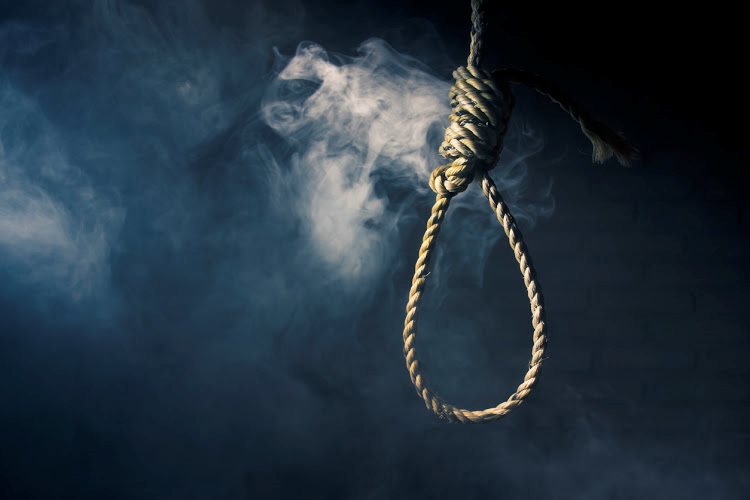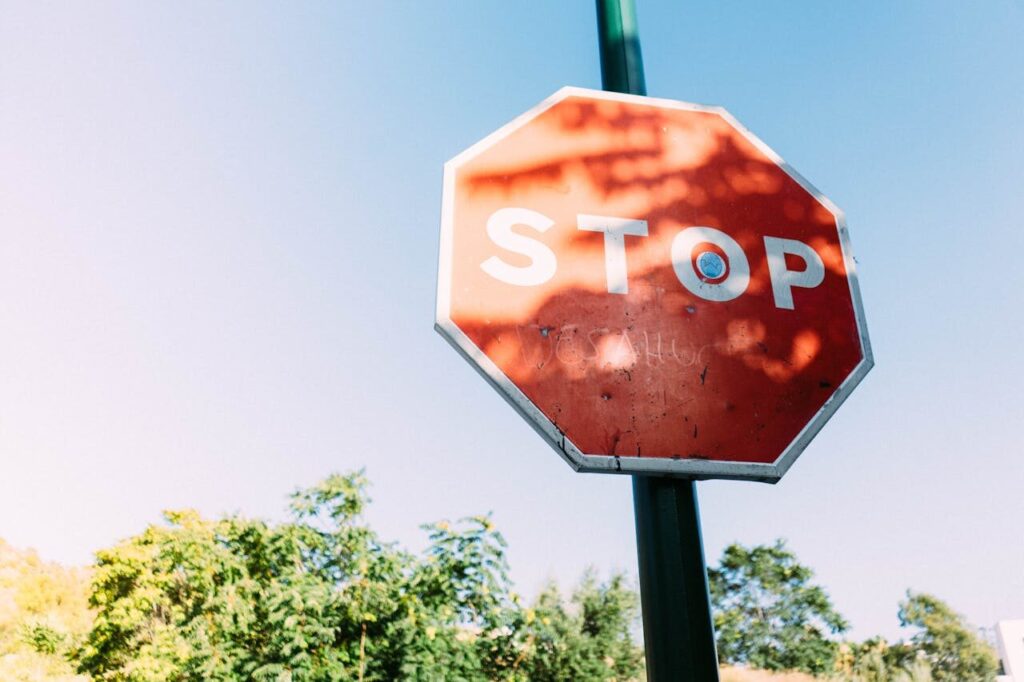The entire nation is in a moment of grief after the heartbreaking Rinesh Ghimire suicide news surfaced and quickly went viral across social media. On July 15 at 3:11 PM, Rinesh posted an emotional Facebook status that read like a farewell to the world. His final words, filled with love and pain, have sparked nationwide concern and mourning. The unexpected loss of a young soul has left his family shattered and the public stunned, reminding us just how silently mental health issues can grow beneath the surface of someone’s life.

📌 Final Facebook Post by Rinesh Ghimire (Posted on July 15, 15:11 PM):
“बाउ आमा को बुडेस्काल को साहारा लाइ आज घाटिमा पासो लगाउन बाध्य ब नाउने तिमिलाइ उज्वल भबिस्य्को सुभकाम ना अनि धेरै धेरै माया #अल्बिदा ❤️❤️”
This emotional farewell was posted by Rinesh Ghimire just before he reportedly took his own life, shaking social media across Nepal. The post quickly went viral and sparked national conversation around youth mental health, relationship trauma, and the tragic silence many young people carry inside them.
Global Suicide Trends (2000–2025)
Suicide is a heartbreaking issue that touches families, communities, and societies worldwide. Over the past two decades, the United States has seen a troubling rise in suicide rates, reflecting a complex interplay of mental health challenges, societal pressures, and access to lethal means. As someone who’s watched friends and loved ones grapple with mental health struggles, I know how deeply personal and urgent this topic is. Let’s dive into the data, explore what’s driving this trend, and consider what it means for our future.
According to the Centers for Disease Control and Prevention (CDC), the age-adjusted suicide rate in the U.S. has climbed significantly since the turn of the millennium. In 2000, the rate stood at 10.4 per 100,000 people. By 2018, it had risen to 14.2 per 100,000—a 37% increase. There was a brief dip to 13.5 per 100,000 in 2020, likely influenced by temporary factors like increased social cohesion during the early COVID-19 pandemic. However, the rate rebounded to 14.2 in 2022 and climbed further to 14.7 per 100,000 in 2023, the highest since 1941. This translates to 49,316 deaths in 2023 alone, or roughly one every 11 minutes.
The numbers tell a stark story. Men consistently face higher suicide rates than women, with 2023 data showing a male rate of approximately 22.9 per 100,000 compared to 5.9 for females—a fourfold difference. White males accounted for 68.13% of suicide deaths in 2023, while non-Hispanic American Indian and Alaska Native populations had the highest rates among racial/ethnic groups. Older adults, particularly those 85 and older, also face elevated risks. Firearms, used in over 50% of suicides, remain the most common method, contributing to the lethality of attempts.

What’s driving this rise? The early 2000s saw a steady increase, with a notable acceleration among middle-aged adults during the Great Recession (2007–2009). Economic instability, job loss, and financial strain likely played a role, as suicide rates for 55-year-olds jumped from 15 to 19.6 per 100,000 between 2005 and 2010. The 2010s brought a new wave of concern, with younger populations—teens and young adults—showing sharp increases. For example, female suicide rates among those aged 15–24 nearly doubled from 3.0 in 2000 to 5.8 in 2020.
Mental health challenges are a major factor. In 2022, an estimated 12.8 million adults seriously considered suicide, 3.7 million planned an attempt, and 1.5 million attempted it. Among teens, 40% of high school students reported persistent sadness or hopelessness, with LGBTQ+ youth and those in rural areas facing heightened risks. Only 32% of LGBTQ+ teens desiring professional counseling received it, highlighting gaps in mental health access.
Social and cultural factors also play a role. The stigma surrounding mental health, particularly in rural areas or among certain communities, discourages help-seeking. In 2023, 65% of rural counties lacked a psychiatrist, making access to care a significant barrier. Economic pressures, social isolation, and the opioid crisis have compounded these issues, though the CDC notes that non-gun suicides have risen faster than firearm-related ones, suggesting broader societal drivers.
Globally, the picture is mixed. The World Health Organization (WHO) reports that global suicide deaths dropped from 762,000 in 2000 to 717,000 in 2021, a rate of 9.1 per 100,000. However, the U.S. stands out among developed nations, with a 40% increase in suicide rates from 2000 to 2020, while 12 of 16 comparable OECD countries saw declines. This divergence raises questions about unique U.S. factors, like widespread gun ownership and fragmented mental health systems.
Looking to 2025, the trajectory is concerning. Preliminary data and posts on X suggest rising rates in specific regions, like England and Wales, where 2023 saw the highest rate since 1999 at 11.1 per 100,000. If current trends hold, the U.S. could approach rates not seen since the Great Depression (21.9 per 100,000 in 1931). Firearm access remains a critical issue—studies estimate that one suicide is prevented for every 10–20 gun seizures. Yet, cultural and political divides make restrictions contentious.
So, what can we do? Suicide prevention is increasingly seen as a public health issue, not just a clinical one. Policies targeting social determinants—like poverty, isolation, and access to care—could make a difference. Community-based programs, crisis hotlines, and reducing stigma around mental health are critical. For individuals, fostering open conversations and checking in on loved ones can save lives. As someone who’s seen the toll of silence, I believe we need to talk about this more, not less.
The data is clear: suicide rates have risen significantly from 2000 to 2025, driven by complex factors.
🚸 Youth & Relationship-Driven Suicides

- WHO reports that 73% of suicides occur in low- and middle-income countries, where emotional crises often remain untreated WIRED+2World Health Organization+2IASP+2.
- Studies show 20–26% of suicides are linked to intimate partner or family problems .
- In India, nearly 50% of youth suicides (18–30 yrs) are due to family or romantic issues, a key parallel to the Rinesh Ghimire suicide news scenario The Economic Times.
Building a Supportive Community: Reflections on Mental Health Awareness
The emergence of Rinesh Ghimire Suicide News has sparked important conversations about the need for mental health support in our communities. As Helen Keller once said, “Alone we can do so little; together we can do so much,” emphasizing the power of collective care. When Rinesh Ghimire Suicide News surfaces, it reminds us to prioritize checking in on those around us. “You never know what someone is going through until you walk in their shoes,” a common saying, urges us to approach others with empathy. The attention around Rinesh Ghimire Suicide News highlights the importance of creating safe spaces for open mental health discussions.
Stories like Rinesh Ghimire Suicide News encourage us to advocate for better access to counseling and crisis resources. “The only way out of the labyrinth of suffering is to forgive,” John Green wrote, suggesting that self-compassion can be a step toward healing. The focus on Rinesh Ghimire Suicide News serves as a call to reduce stigma around seeking help. As Oprah Winfrey noted, “The greatest discovery of all time is that a person can change their future by merely changing their attitude.” News like Rinesh Ghimire Suicide News prompts communities to foster environments where people feel valued and heard.
The discussion surrounding Rinesh Ghimire Suicide News underscores the need for education about mental health warning signs. “Hope is being able to see that there is light despite all of the darkness,” Desmond Tutu said, reminding us to offer hope to those struggling. Coverage of Rinesh Ghimire Suicide News can inspire initiatives like peer support groups and helplines. “You are not a drop in the ocean; you are the entire ocean in a drop,” Rumi’s words encourage us to recognize everyone’s unique worth. When Rinesh Ghimire Suicide News circulates, it’s a chance to promote kindness and connection.
The impact of Rinesh Ghimire Suicide News calls for stronger mental health policies in schools and workplaces. As Nelson Mandela said, “It always seems impossible until it’s done,” pushing us to take action despite challenges. Finally, Rinesh Ghimire Suicide News reminds us that every small gesture of support can make a difference in someone’s life.
Read more:
- 🔗 How to Tackle with Suicidal Thoughts
- 🔗 Wireless Security Cameras Risks
- 🔗 Facebook Hacking: What You Need to Know
- 🔗 How to Tackle with Suicidal Thoughts
- 🔗 How to Control Your Anger
- 🔗 How to Respond to Blackmail
- 🔗 How to Save a Life During a Medical Emergency
Join SafeMe — Let’s Build a Stronger, Safer Community Together

Join SafeMe — Let’s Build a Stronger, Safer Community Together
If you believe in a world where every life matters, join SafeMe—a mission created to prevent tragedies before they happen. Stories like Rinesh Ghimire suicide news should never exist, and with early action, we can stop such heartbreaking moments from ever becoming headlines.
SafeMe is committed to protecting people from emotional breakdowns, cyberblackmail, abuse, and mental health struggles by building real-time, preventive solutions. We believe that if the right support had reached in time, even cases like Rinesh Ghimire suicide news could have been prevented. Support our cause, raise awareness, and explore our 0% fee medical fundraising platform at Fundsharing.org. Together, let’s create a world where safety is not a hope—it’s a guarantee.
